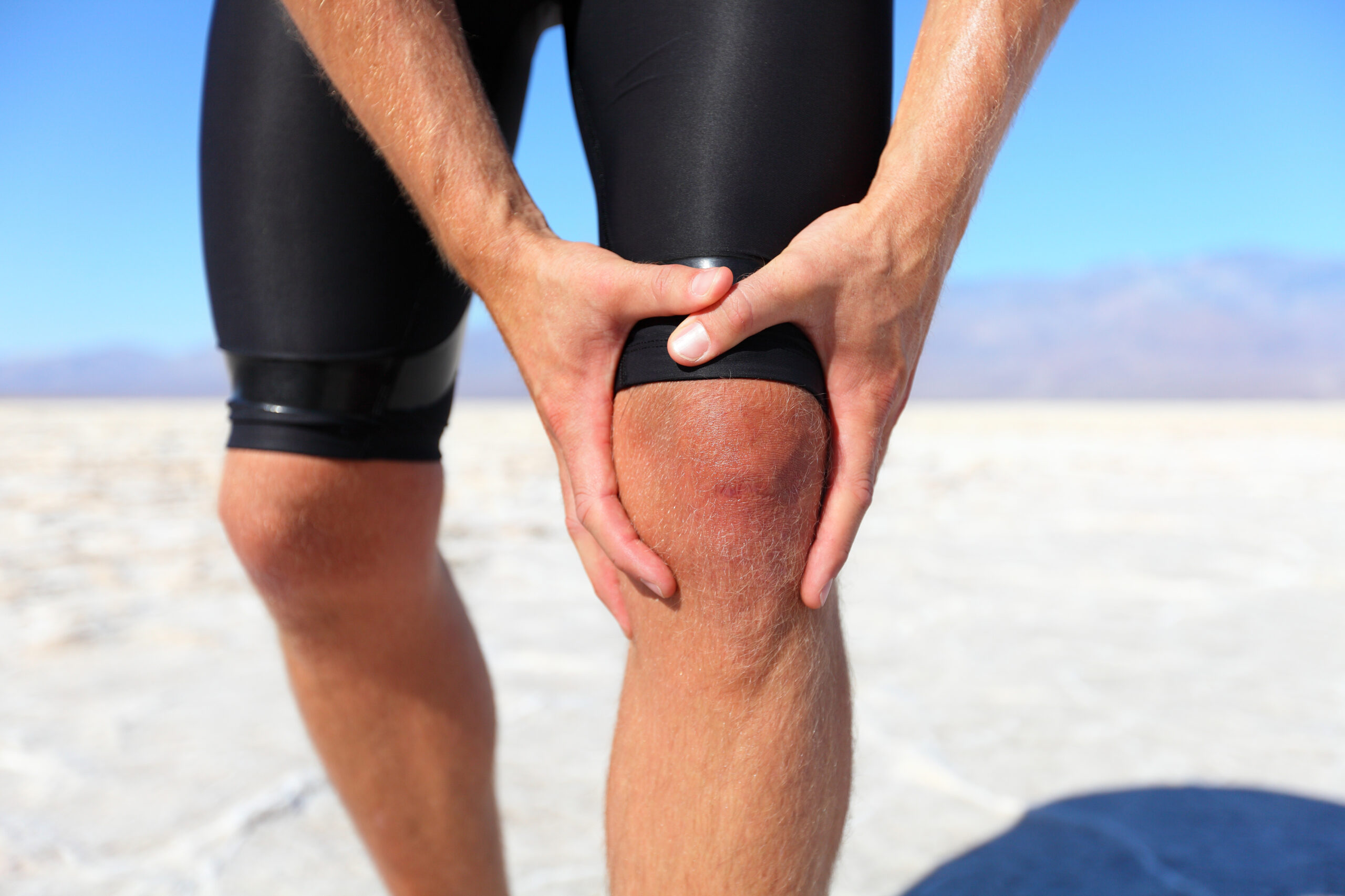
Rheumatoid arthritis is a chronic autoimmune condition that affects the joints, leading to inflammation and swelling, pain, warmth, redness and a limited range of motion.
Symptoms are usually symmetrical, affecting both sides of the body, and tend to be more accentuated in the morning and after prolonged sitting. Fatigue may accompany the already mentioned manifestations, but the evolution of this ailment may vary from one person to another, and the symptoms may develop faster or over several years.
Being an autoimmune condition, rheumatoid arthritis doesn’t have a known cause, but it is believed that a combination of genetic and environmental factors determines the organism to attack its own tissues and destroy them. More prevalent in women than in men, rheumatoid arthritis usually occurs in adults, but the elderly can also develop this ailment.
Osteoarthritis is more common than rheumatoid arthritis and appears when the cartilage wears away, degenerates or breaks down. It’s often referred to as a degenerative joint disease, and affects the hands, hips, knees and spine, manifesting through stiffness and pain, swelling of the joint and surrounding tissues, as well as limited range of motion.
Both these types of arthritis can make daily activities more difficult, as the destruction of the cartilage causes discomfort and pain when one tries to perform actions that require more precision or fine movements. Lifting or carrying heavy objects also becomes a challenge for an arthritis sufferer, and moving from one place to another can become difficult, especially if the knees and hips are affected.
Gout is also classified as a form of arthritis and appears when the organism can’t eliminate the uric acid properly. This builds up and forms needle-like crystals inside the joints, causing inflammation, pain, tenderness, redness and swelling. Gout usually affects the wrists, knees and big toe, and is more likely to affect people who are overweight, those who drink too much alcohol, or eat a lot of fish and meat.
The first and most significant effect of rheumatoid arthritis is the inflammation of joints, which occurs because the cartilage wears down, fluid builds up inside the joints and the bones rub against each other. Still, the swelling, inflammation and joint pain aren’t the only effects of RA; this condition also affects the eyes, skin, circulatory system and respiratory system, causing symptoms like skin rash and sores, ulcers and the inflammation of the blood vessels.
Rheumatoid arthritis can trigger the formation of lumps of tissue called nodules, which appear under the skin on the elbows, forearms, fingers or heels, and develop gradually. Some arthritis sufferers develop pericarditis, which is the inflammation of the membrane surrounding the heart. This condition can affect the heart’s function, although myocarditis or the inflammation of the cardiac muscle itself is rare.
More commonly, RA is associated with inflammation of the blood vessels, which leads to an impaired blood flow and may affect the eyes, skin and heart. Dry eyes or red and painful eyes can be the result of rheumatoid arthritis, one of the more severe complications of this disorder being Sjogren’s syndrome, in which the immune system attacks the lacrimal glands.
Another potential effect of this form of arthritis is the formation of nodules in the lungs, which lead to infections and the accumulation of fluid in the membrane that lines the lungs.
As for osteoarthritis, potential complications of this condition include gout and the formation of crystals in the cartilage (chondrocalcinosis). The latter can affect any joint but is more likely to occur in the knee, and appears more frequently in the elderly.
OA can also be a source of chronic pain, can cause sleep problems and can lead to depression and anxiety. People with osteoarthritis tend to have a decreased quality of life and be less active due to the pain and stiffness of the joints. This makes them more prone to diabetes, heart disease and hypertension.
Both rheumatoid arthritis and osteoarthritis are thought to be the result of a combination of factors, so even if in some people these conditions can’t be prevented, it’s possible to reduce the risk or delay the onset of RA and OA with lifestyle changes.

Updated on: 08.09.2021 The lymphatic system is involved not only...

Stress can make you gain weight – we’ve heard this...

Various theories exist to answer this question. As you will...

Both rebounding and jumping on a trampoline are excellent ways...

The health benefits of using vibration plates to burn fat...